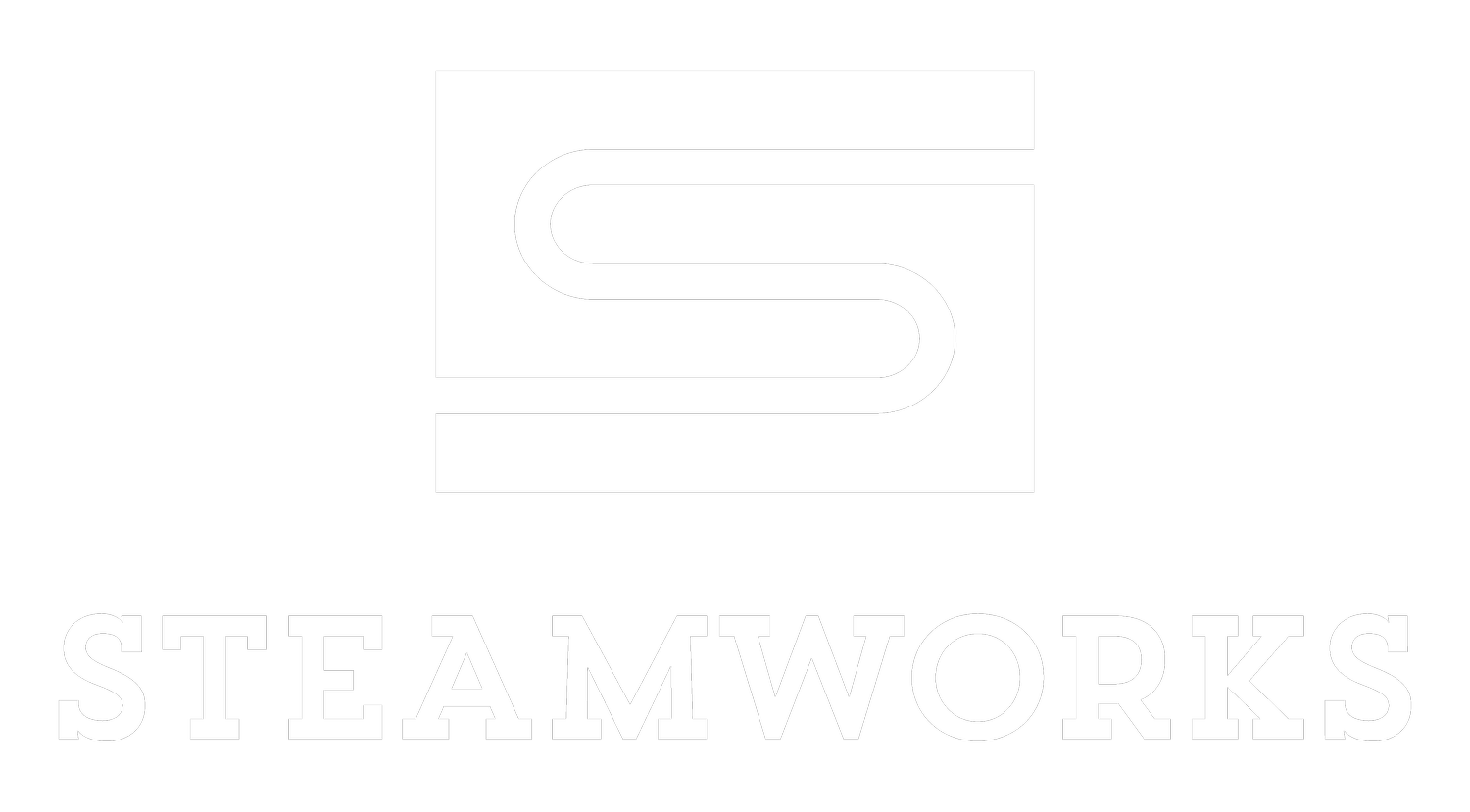Causes and Risks of Valve Malfunctions
Valves are critical components of an industrial steam boiler system — controlling steam flow, maintaining pressure, ensuring safety, and isolating sections for maintenance. When they malfunction, it can compromise safety, efficiency, and reliability.
Let’s look at potential breakdowns of common valve malfunctions, their causes, and the risks they pose. And we’ll highlight the best practices to prevent valve malfunctions.
Leakage (Internal or External) 🔧
Description: Steam, water, or condensate escapes when the valve is supposed to be sealed.
Causes:
Worn or damaged valve seats and seals
Corrosion or pitting of internal surfaces
Debris preventing full closure
Improper installation or overtightening of packing
Risks:
Energy losses due to steam leakage
Reduced system pressure and inefficiency
Increased fuel consumption
Safety hazards from hot steam or water release
Sticking or Seized Valves 🛑
Description: Valve fails to open or close properly or becomes stuck in one position.
Causes:
Corrosion or mineral buildup on moving parts
Lack of lubrication
Long periods of inactivity
Misalignment during installation
Risks:
Inability to control steam flow or pressure
Overpressure or starvation conditions downstream
Safety valve failure leading to explosion risk
Failing to Seal or Close Fully ⚠️
Description: Valve closes but doesn’t fully seat, allowing unintended flow.
Causes:
Erosion from high-velocity steam or condensate
Foreign debris trapped on the seat
Worn disc or seat surfaces
Misalignment of valve stem or disc
Risks:
Constant pressure loss
Inability to isolate sections for maintenance
Compromised system safety during shutdowns
Overpressure or Pressure Relief Valve Failure 🌀
Description: Safety or relief valve fails to open under excess pressure, or opens too early.
Causes:
Incorrect calibration or spring fatigue
Corrosion or debris impeding movement
Blocked discharge lines
Tampering or lack of regular testing
Risks:
Dangerous overpressure leading to boiler rupture or explosion
Nuisance lifting causing unnecessary steam loss and downtime
Water Hammer and Shock Damage 🧰
Description: Sudden pressure surges damage valve internals or seating.
Causes:
Rapid valve closure/opening
Poor condensate drainage causing slugs of water
Improper startup or shutdown procedures
Risks:
Cracked valve bodies or seats
Leaks and loss of sealing capability
Accelerated wear and shortened valve lifespan
Actuator or Control Valve Malfunctions 🔄
Description: Automated valves fail to respond to control signals or operate erratically.
Causes:
Electrical or pneumatic actuator failure
Sensor or control system faults
Miscalibration or poor tuning
Mechanical binding or linkage issues
Risks:
Loss of pressure or temperature control
Steam supply interruptions to critical processes
Unsafe operating conditions
Backflow or Reverse Flow Failures 🧪
Description: Check valves fail to prevent reverse flow of steam or condensate.
Causes:
Worn hinge pins or discs
Debris preventing full closure
Incorrect installation orientation
Risks:
Contamination of clean steam lines
Water hammer risks from reverse flow
Damage to sensitive downstream equipment
Summary: The Best Practices to Prevent Valve Malfunctions 🧭
Regular inspection and testing (especially safety/relief valves)
Scheduled maintenance and lubrication of moving parts
Blowdown and filtration systems to minimize debris and corrosion
Proper startup/shutdown procedures to reduce thermal and mechanical shock
Accurate calibration and functional testing of control valves and actuators
This and much more is covered in a Steamworks license exam preparation and training course. Arm your team with the tools they need to ensure safe, efficient, and reliable valves.
STEAMWORKS offer standard and custom training. Contact us today!

